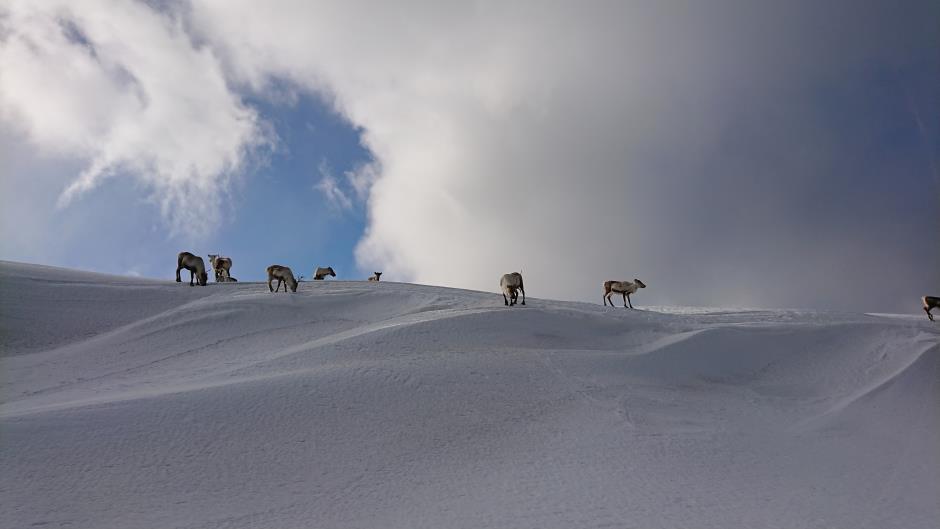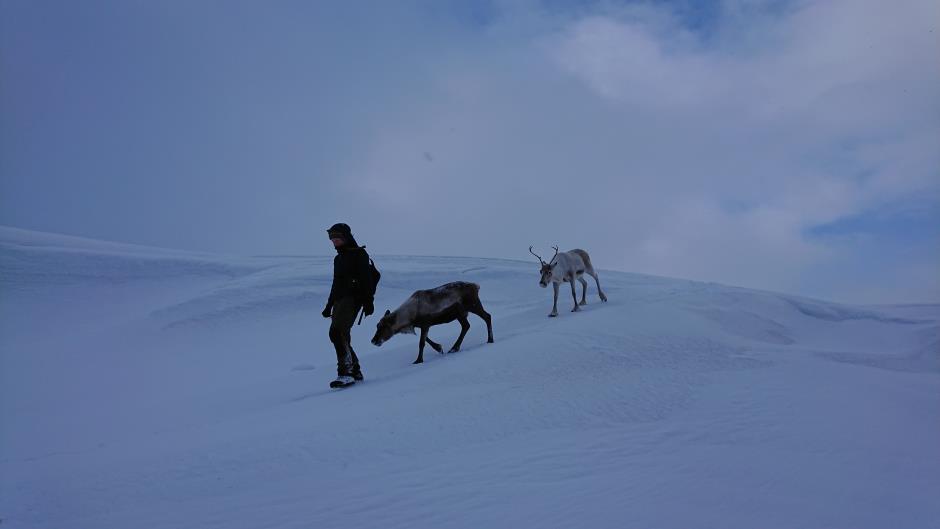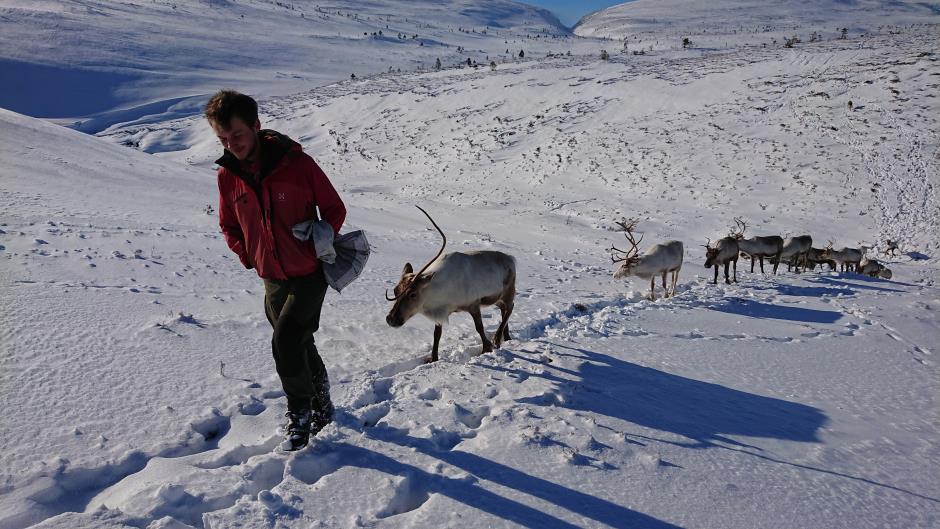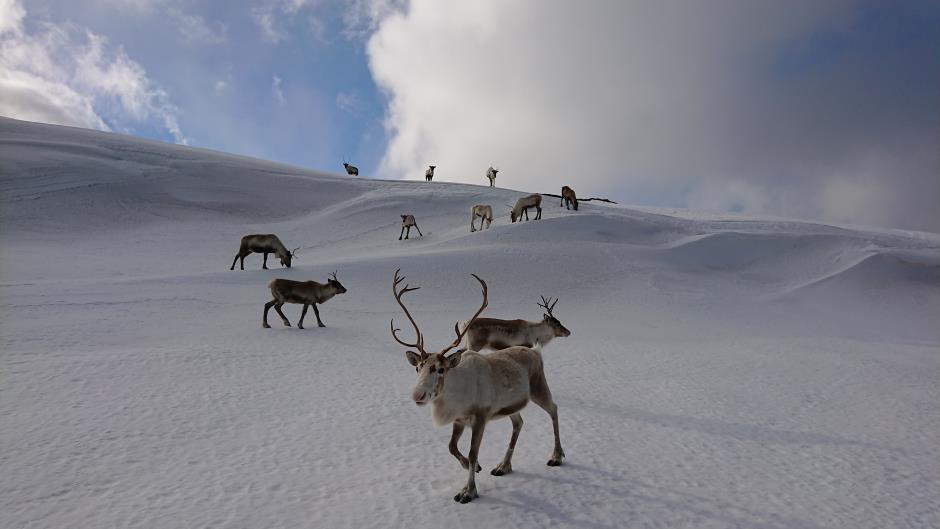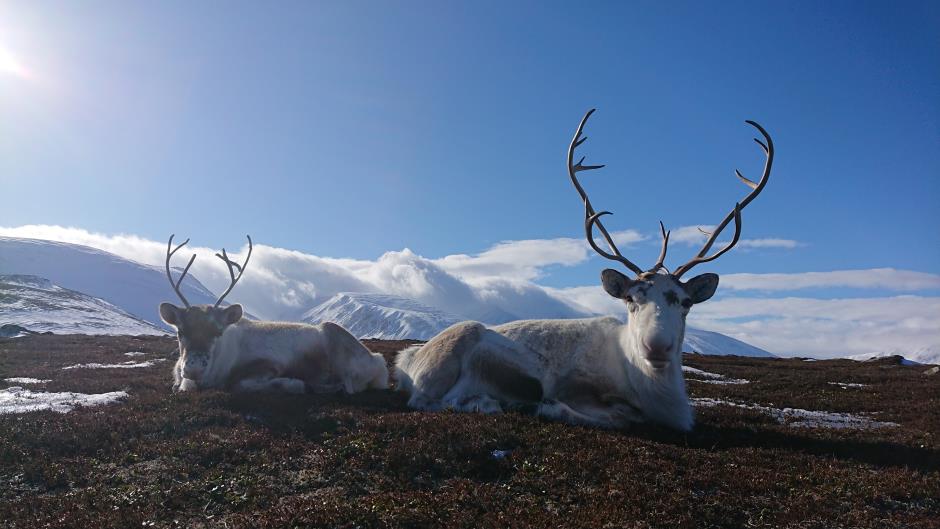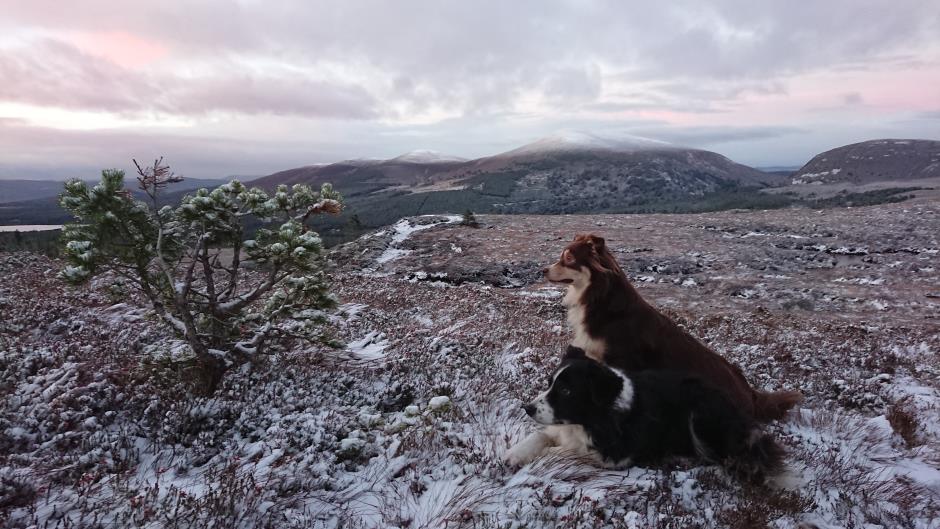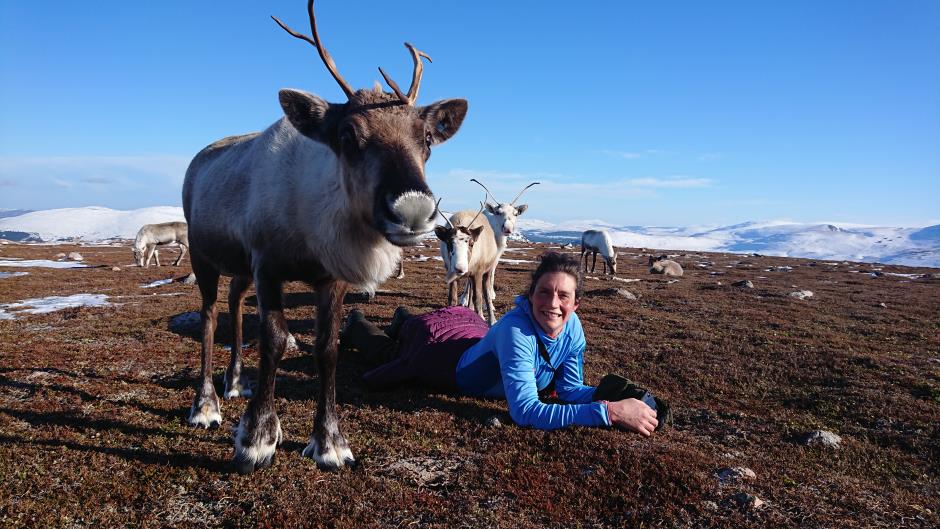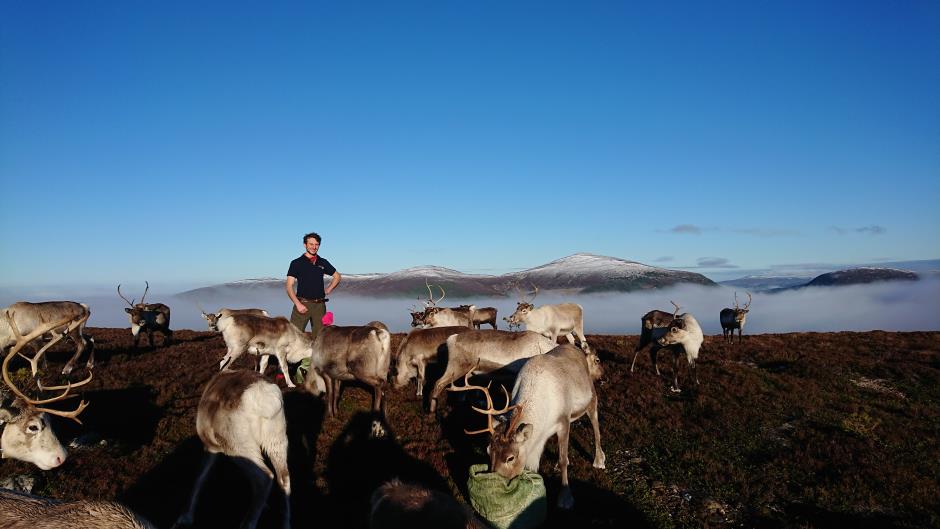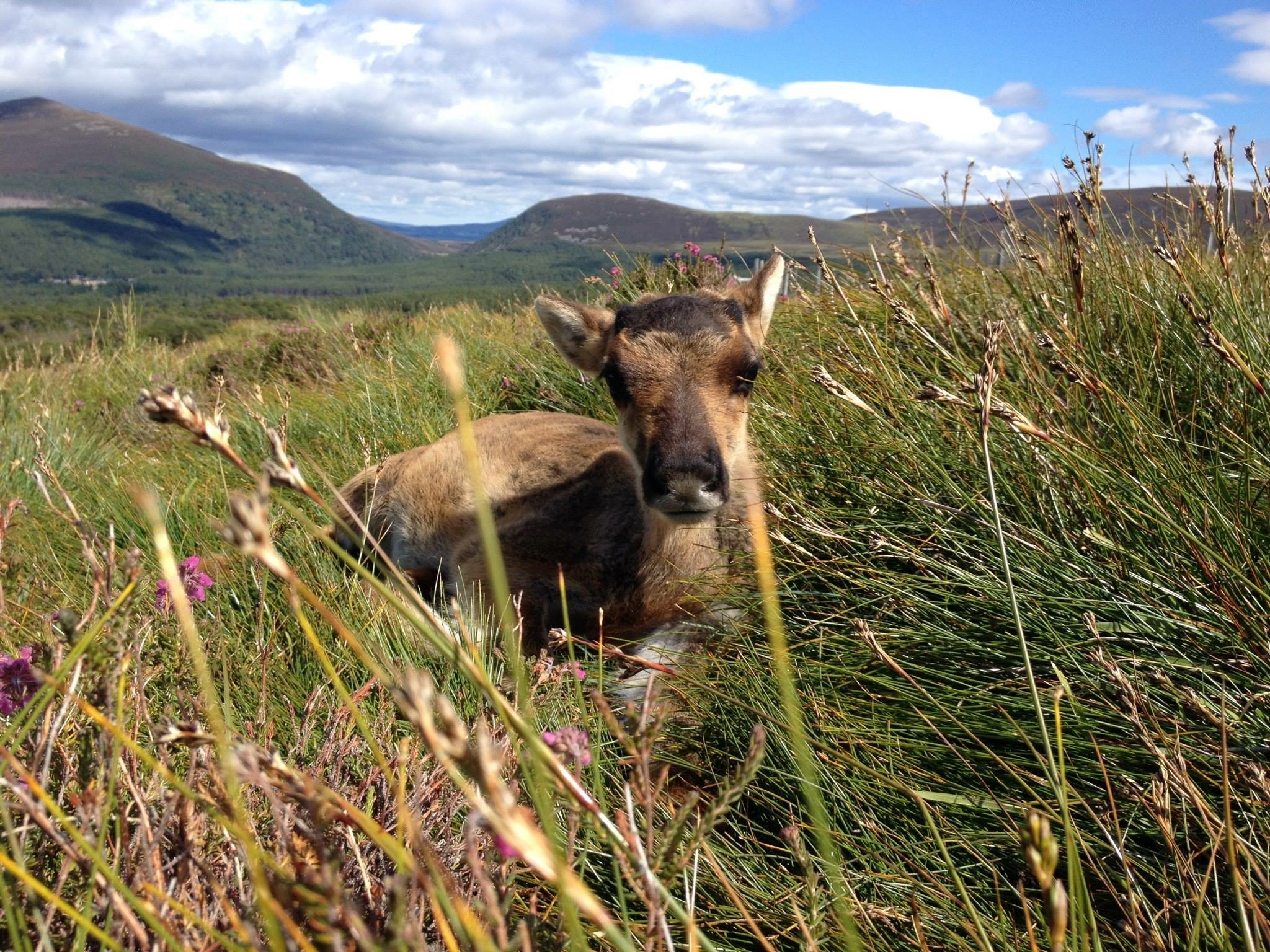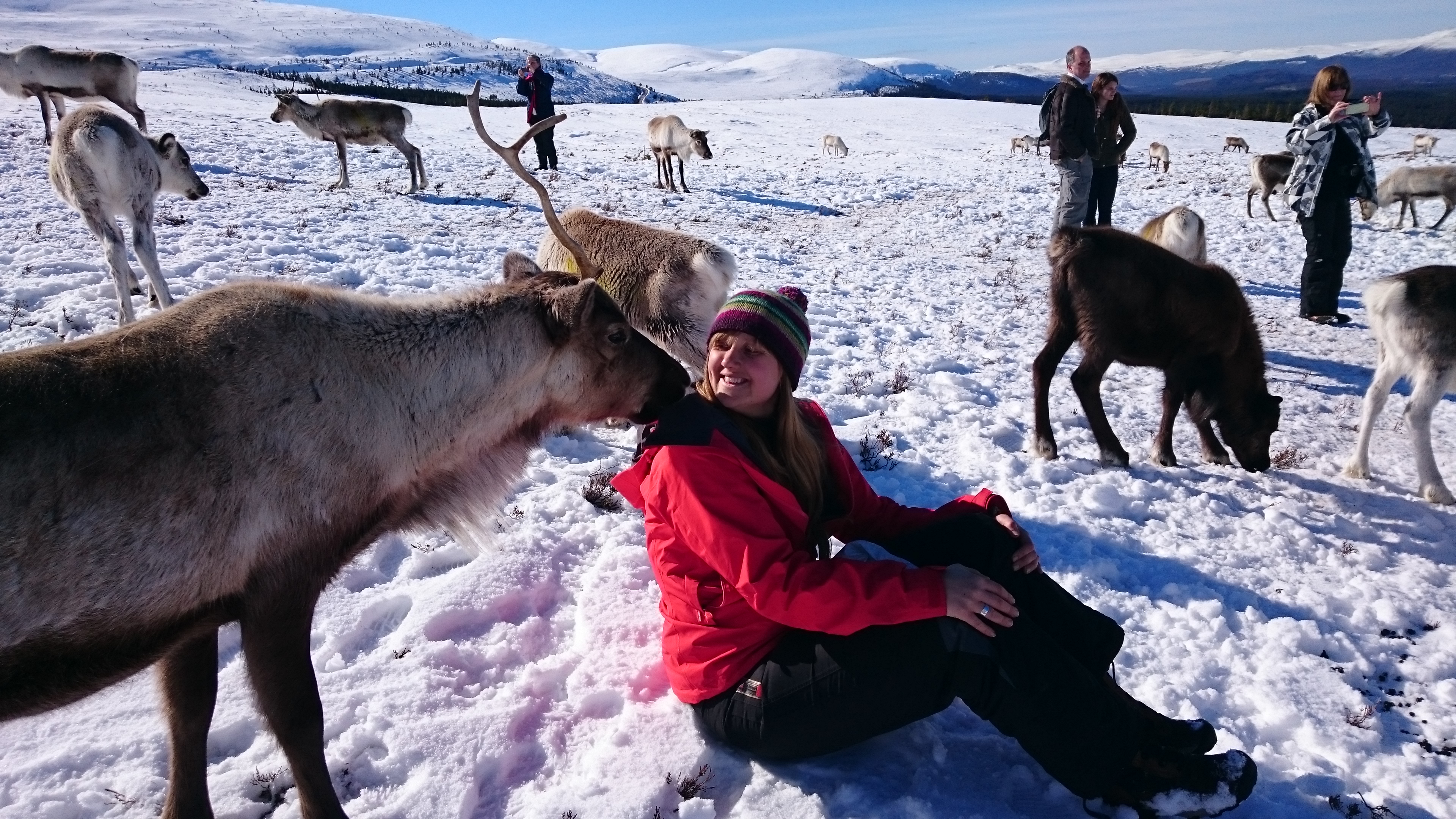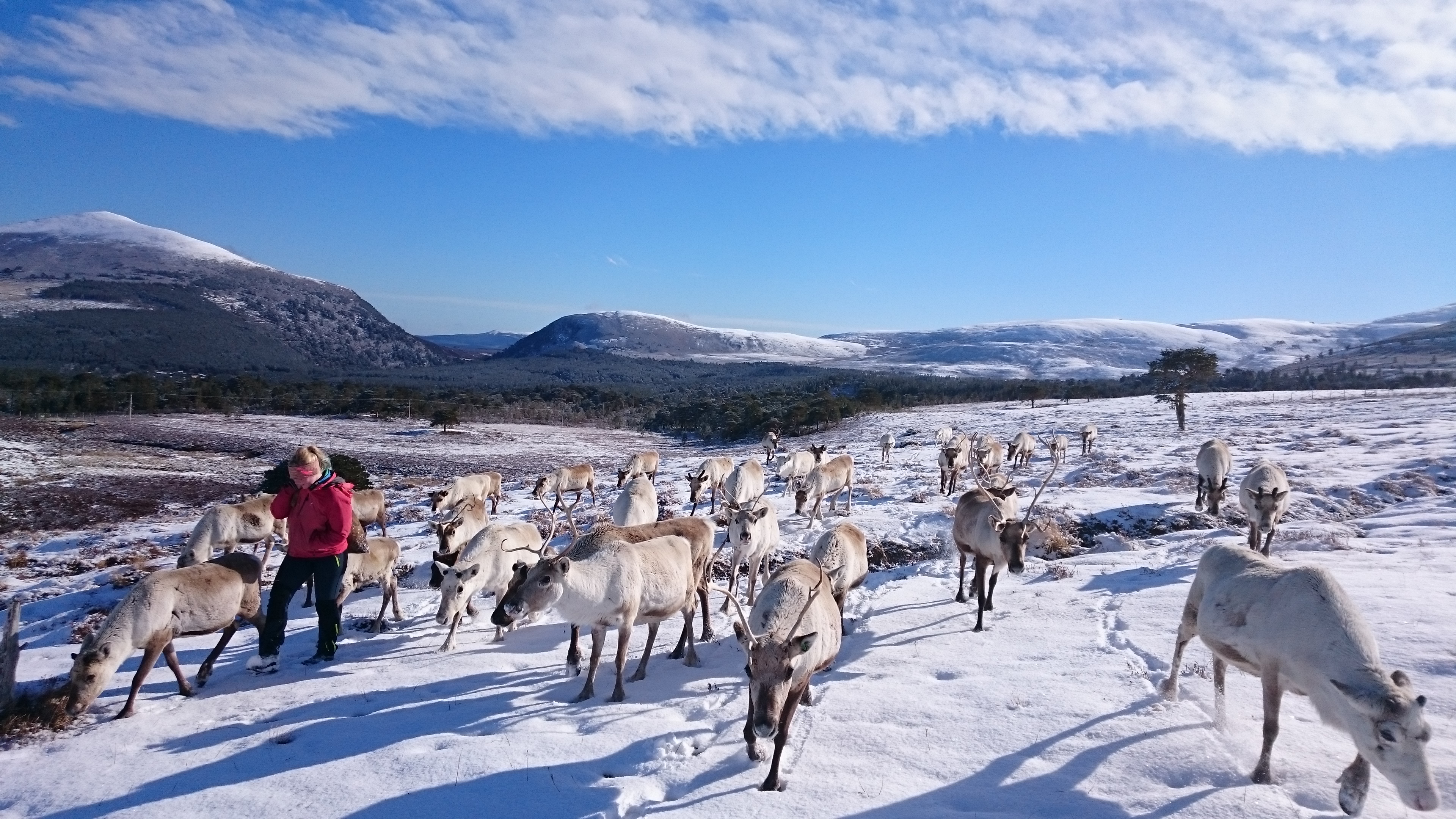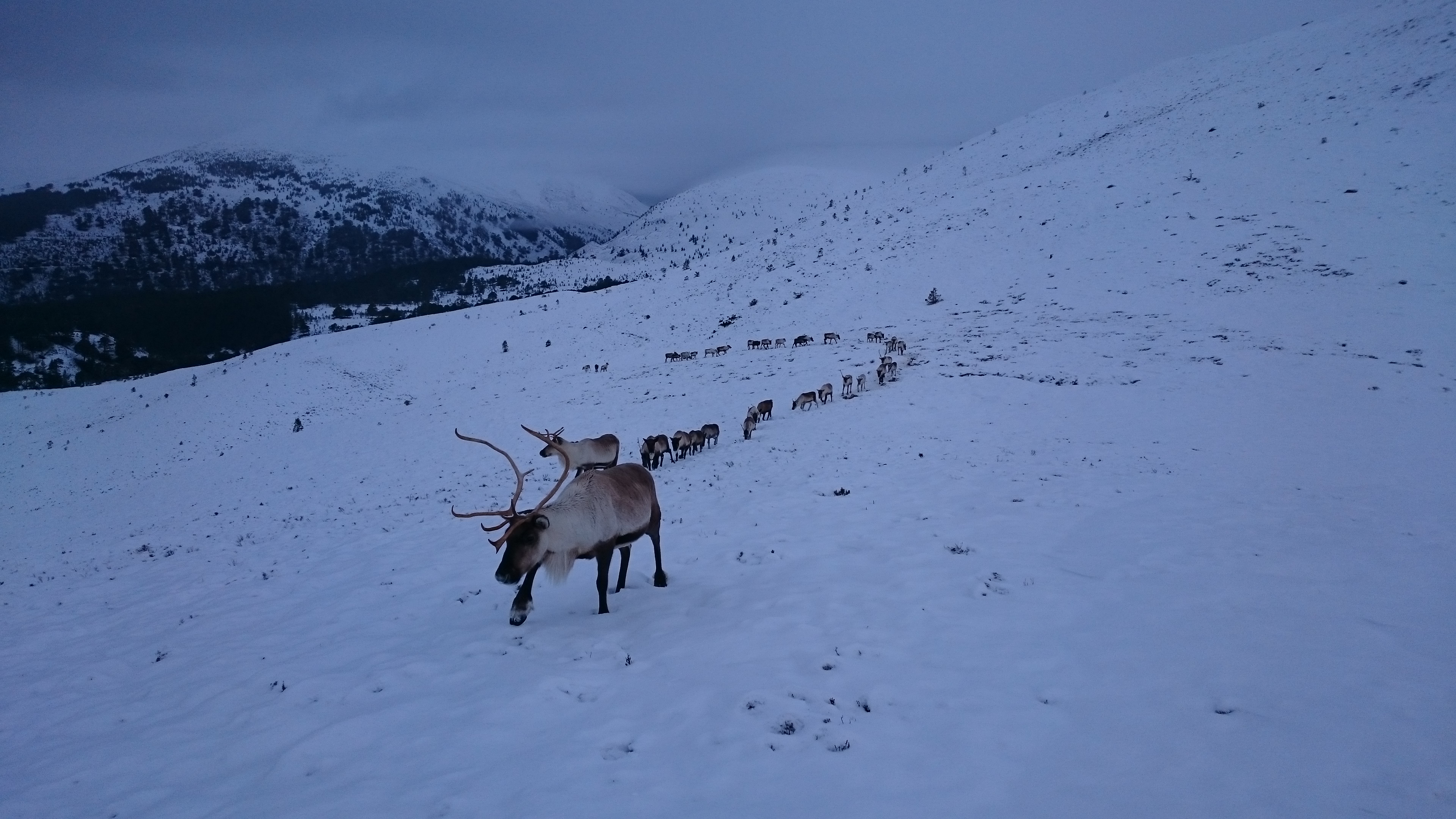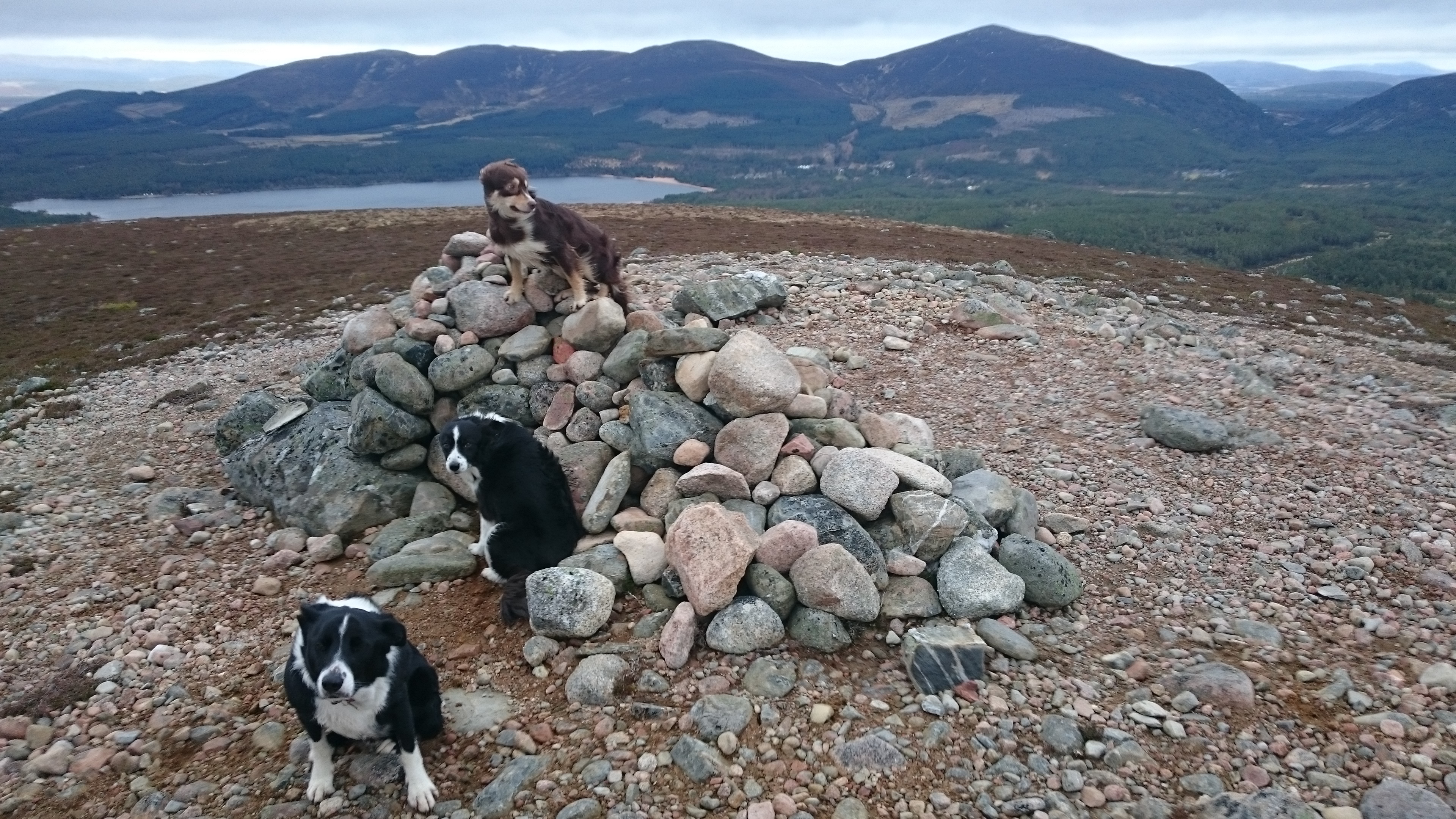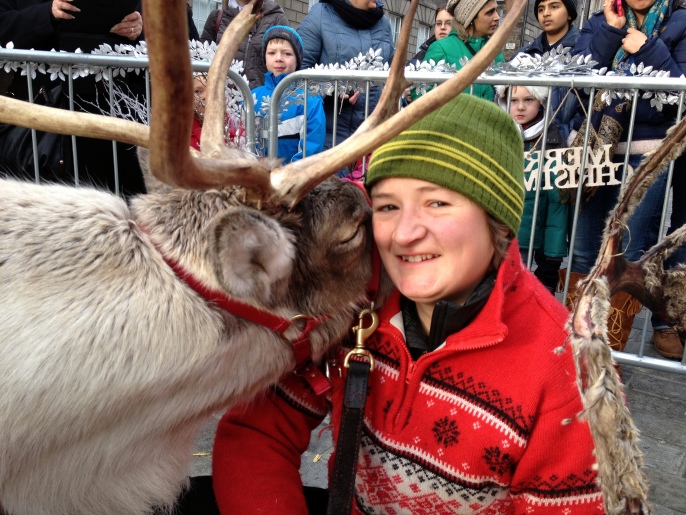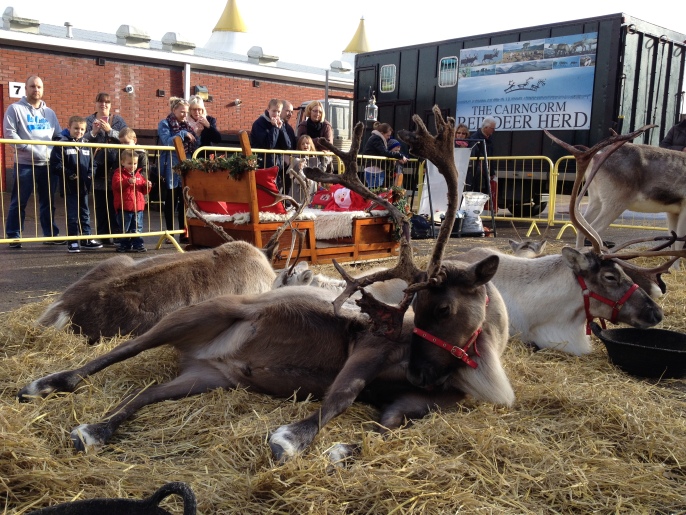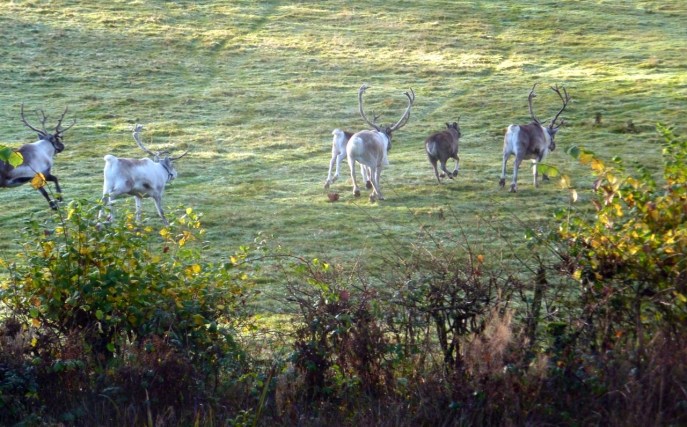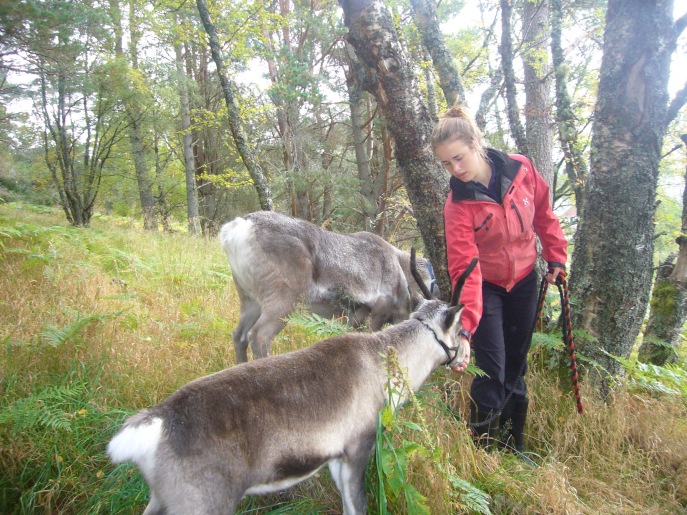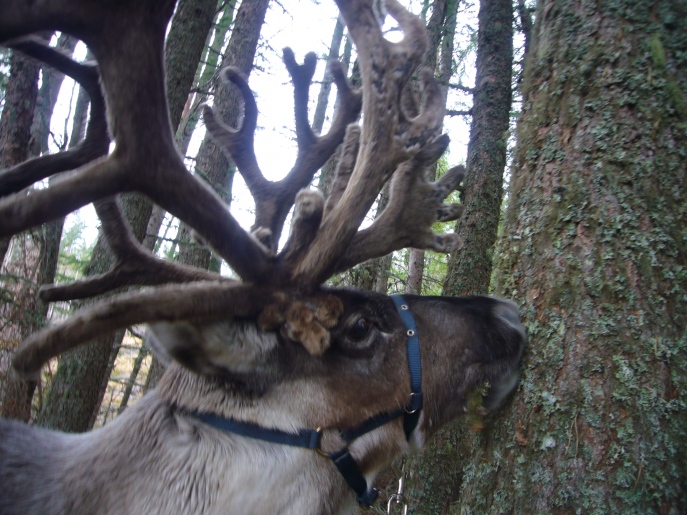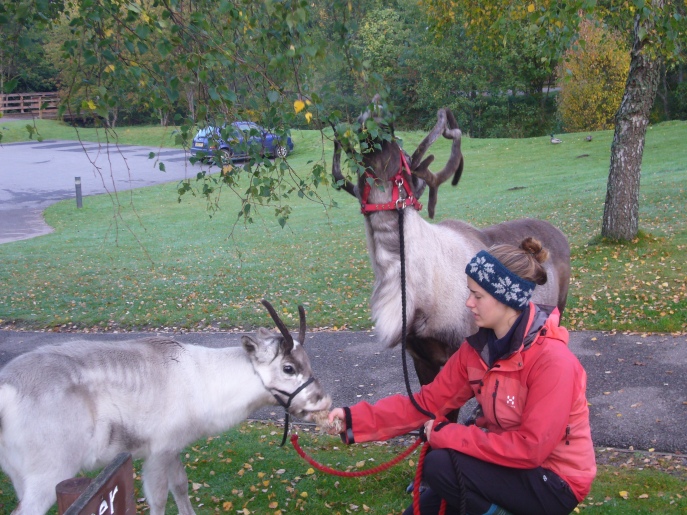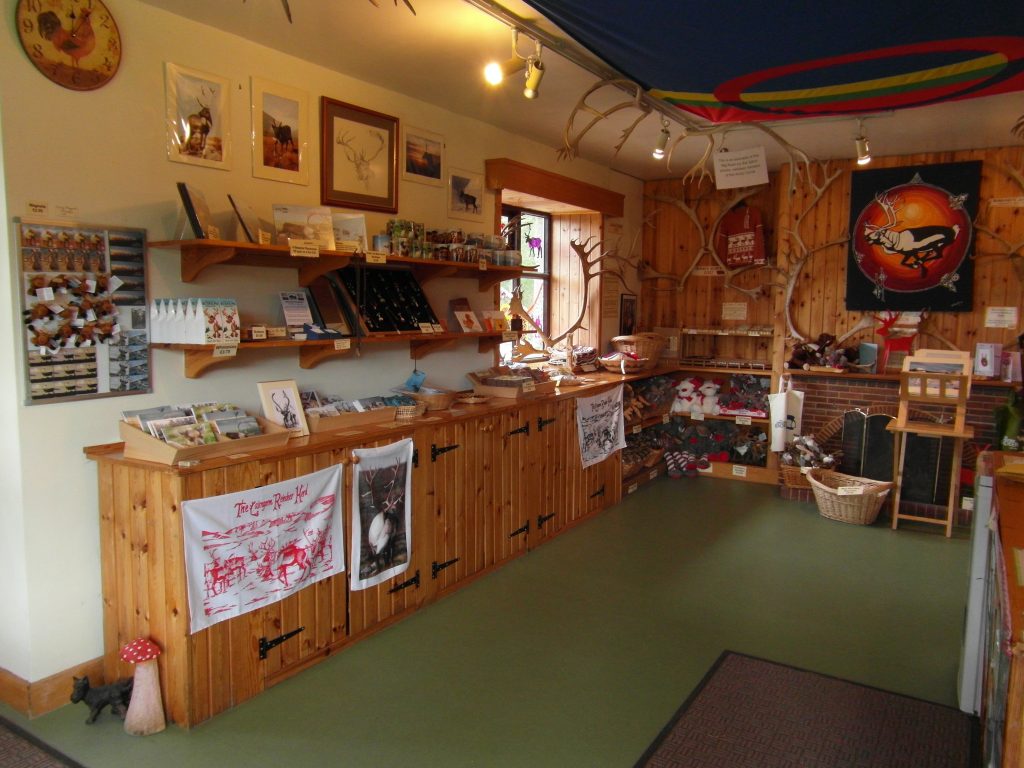
The first association that most visitors have with the Centre is when they come into the shop. This room is at one end of Reindeer House, and is where we greet visitors, book them onto tours, and provide a selection of souvenirs.
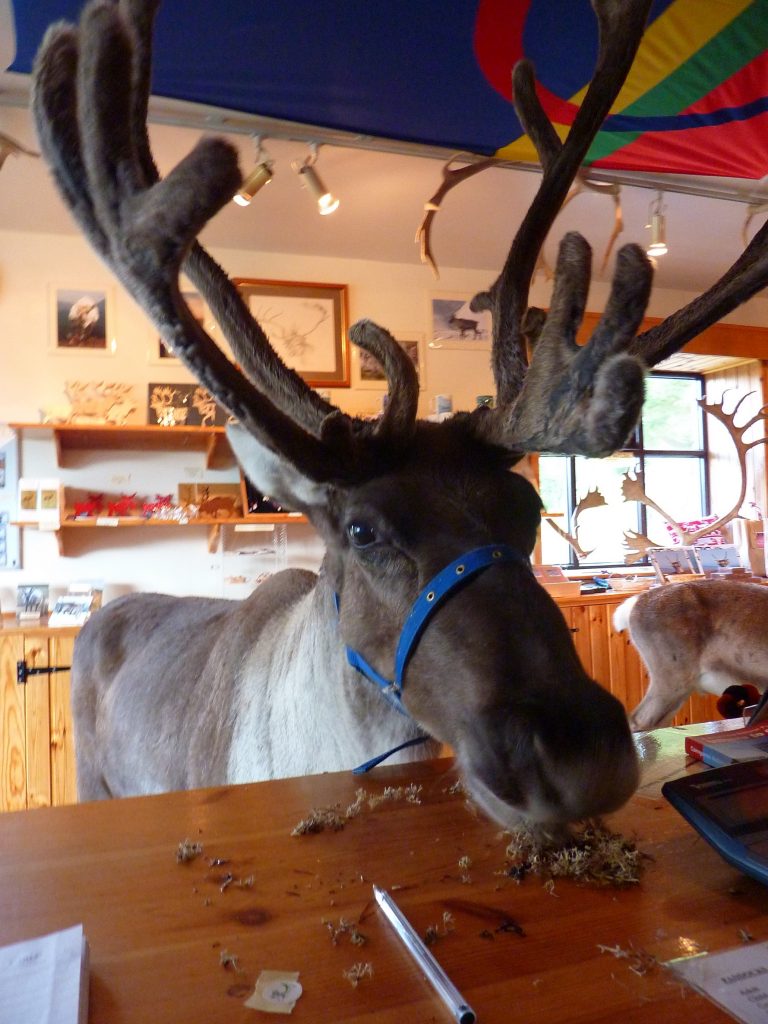
Back when Mr Utsi and Ethel Lindgren first built Reindeer House, this was the room where they entertained guests and had a wood fire burning to provide warmth and cheer. Sami artefacts and pictures adorned the walls.
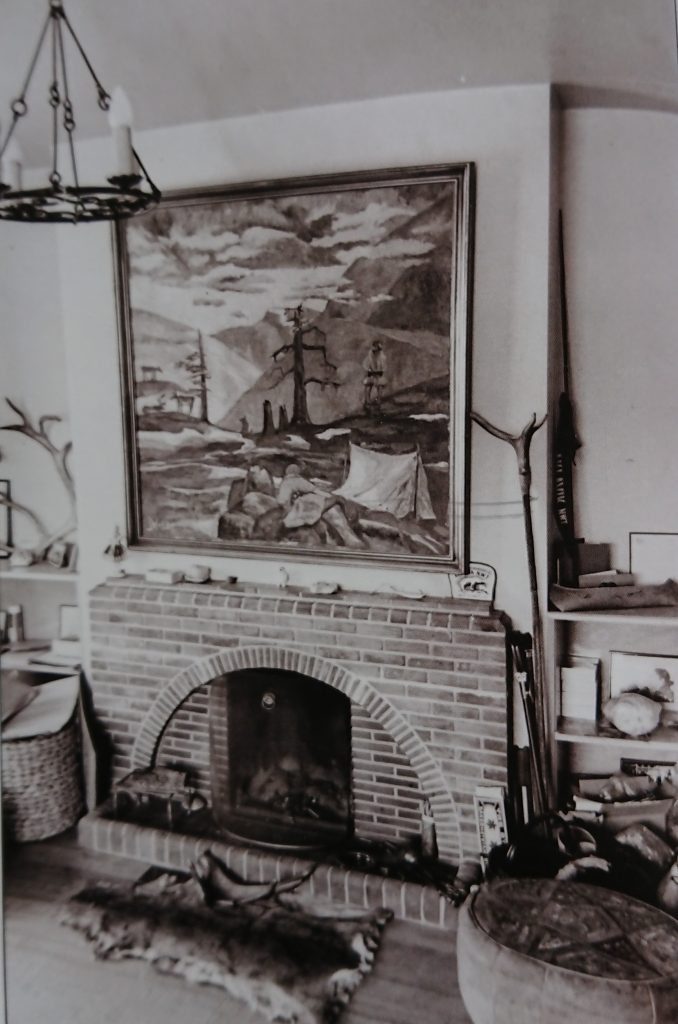
Nowadays our exhibition has outgrown the room and has moved to the Paddocks, and somehow I’ve inherited the responsibility of stocking the shop with (hopefully) interesting things to buy. The one rule that I was told by Tilly is that everything must be reindeer-related! We’re keen to keep it a bit different and not just end up selling the same souvenirs as every other shop, so I spend lots of time trying to track down locally made, unique products. It’s lovely to be able to support other small businesses based in the area by buying their products.
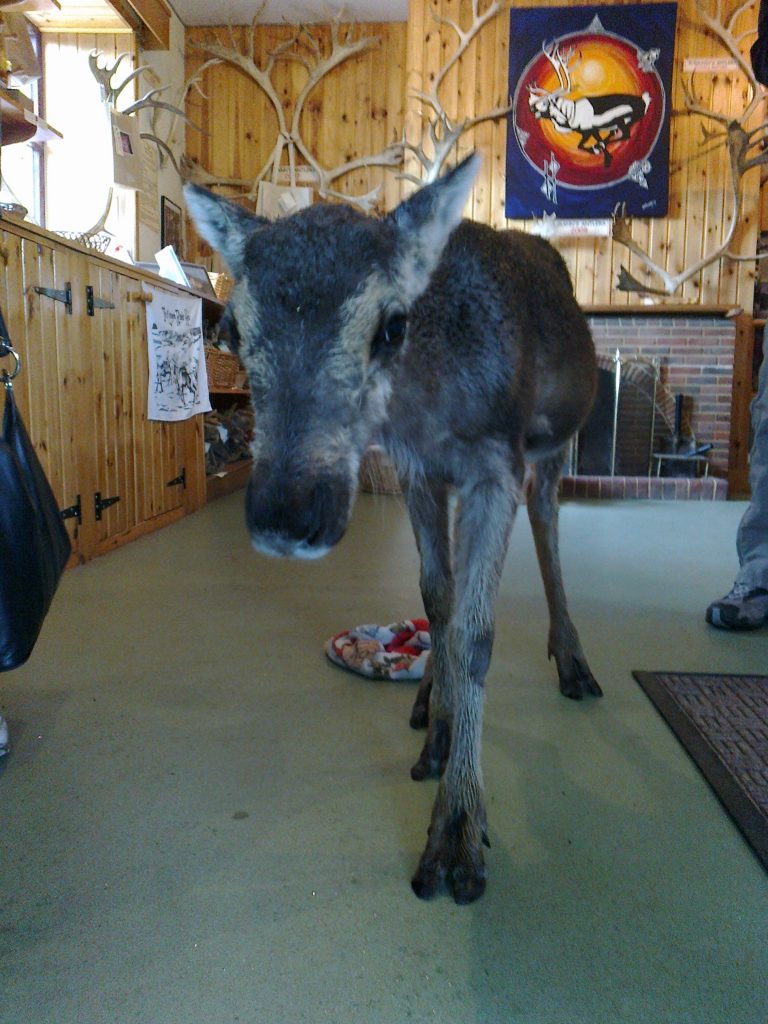
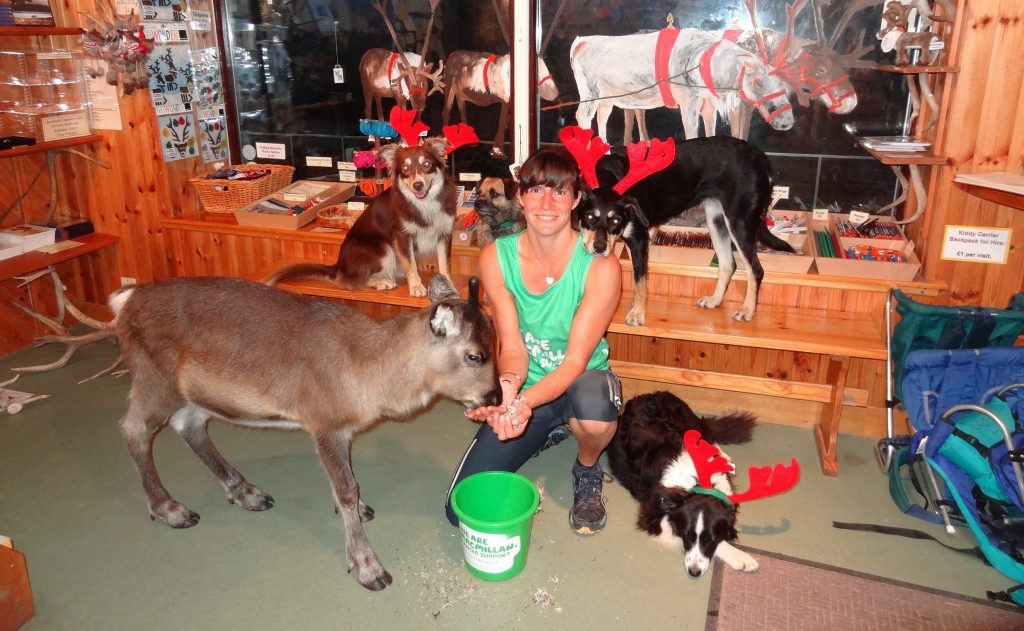
Some of the products are very local indeed – herder Fiona uses reindeer antler to craft jewellery, cheese slices and knife handles, and I dabble in tying fishing flies made using shed reindeer hair. A local photographer creates brooches and pendants with photos of our herd, and green wood worker ‘Wooden Tom’ makes model reindeer out of branches, complete with removable twigs for antlers. We’ve also recently started stocking a locally made 100% natural midge repellent, helpful for actually getting out on the hill to see the reindeer (I’ll make an argument for a tenuous link to reindeer!).
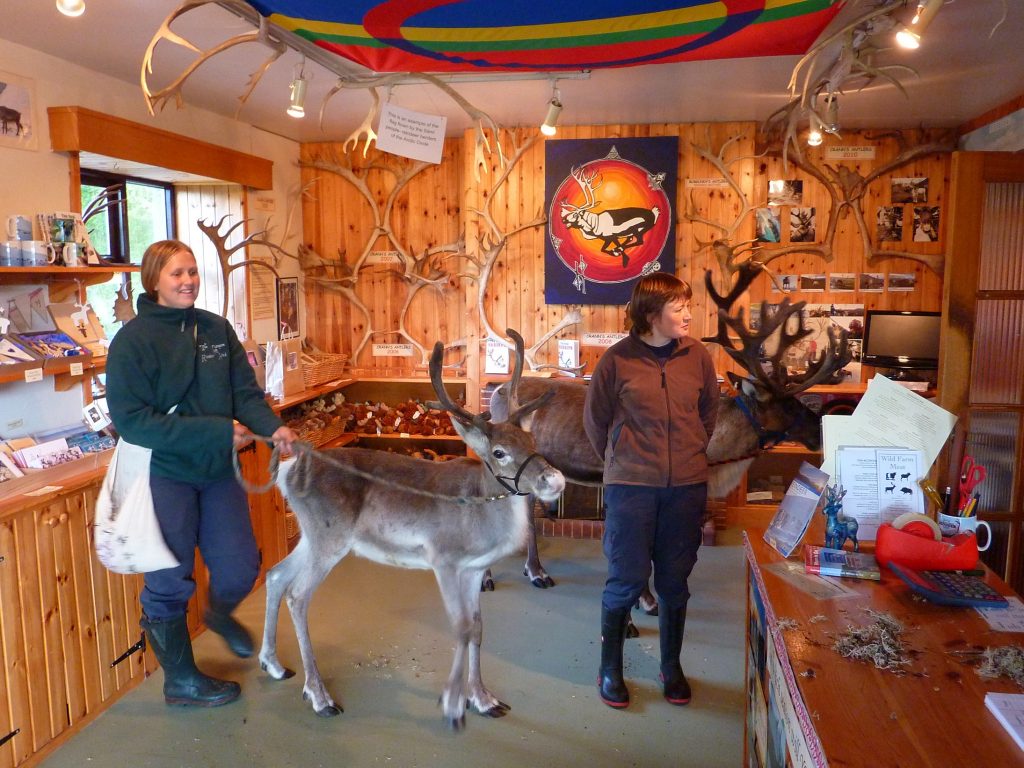
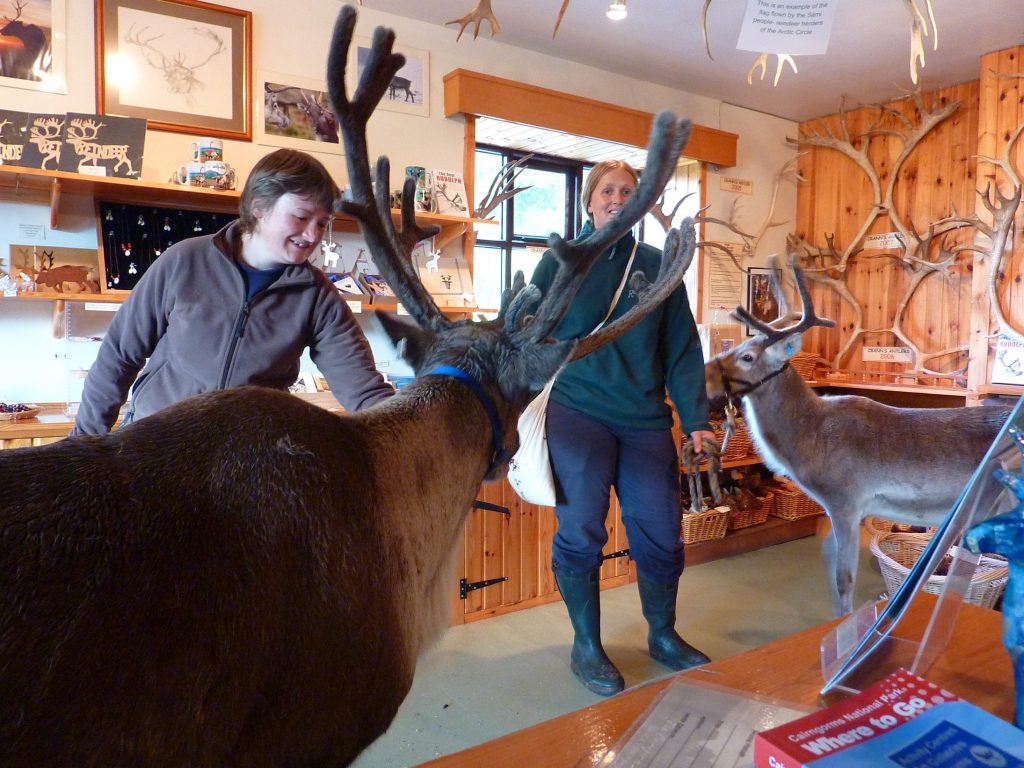
Being a bit of a bookworm myself, our book selection is pretty good – including several books written about the Herd, some more general ones about reindeer and the local area, and children’s books. Talking of children, everyone needs a soft toy reindeer, so there’s a choice including some more realistic options and others which focus on being cuddly and cute. It’s certainly the area many kids make a bee-line for, though there is a slight problem that some dogs that are staying with us (especially puppies) will also decide to help themselves if we forget to shut the door!
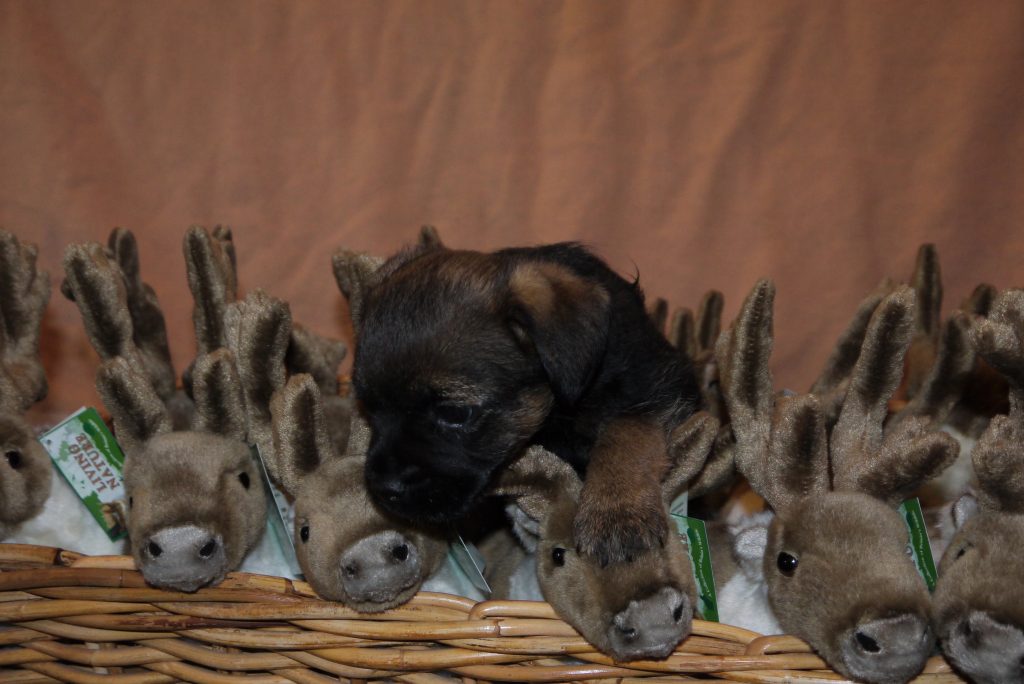
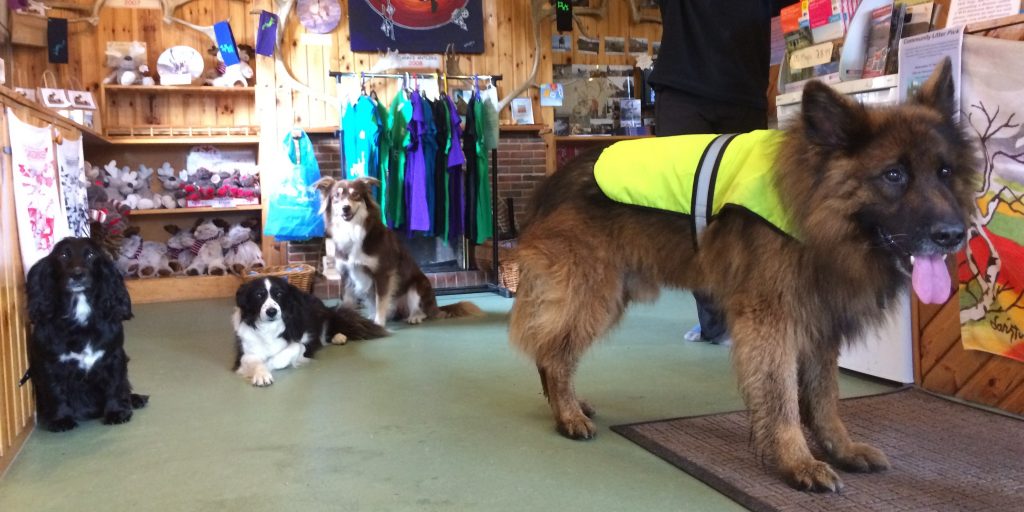
In January we take the opportunity for a deep clean, and also use the floor space for cleaning all our harness after Christmas tour. I do love a nice ordered system and usually commandeer this job!
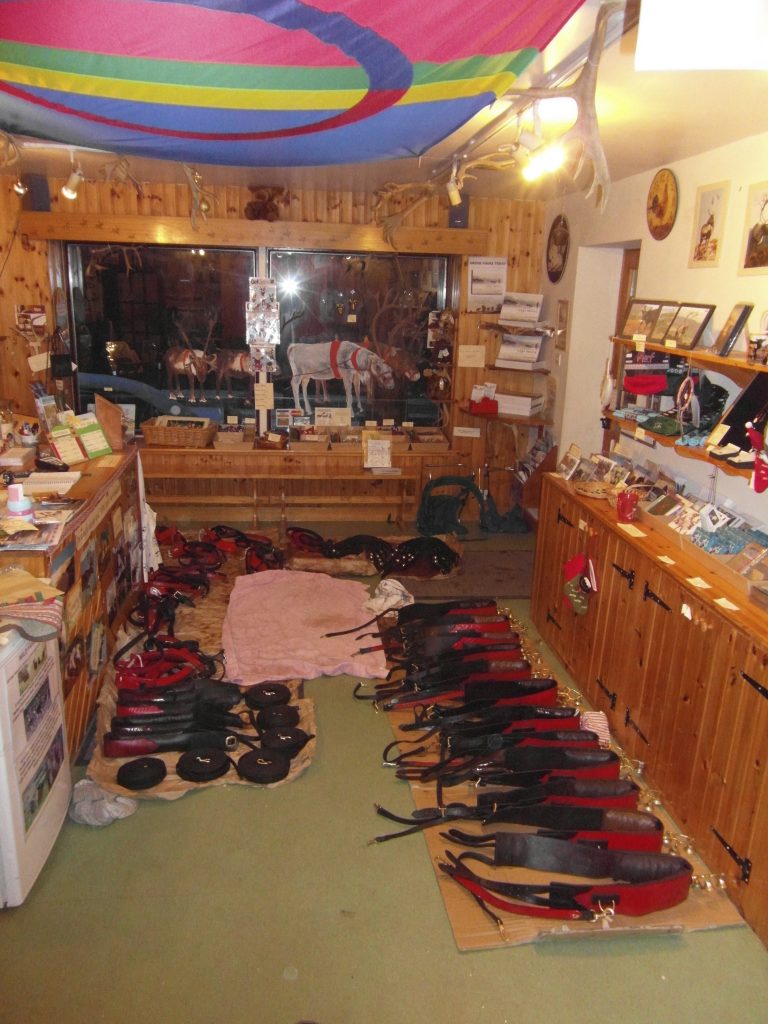
Reindeer House does live up to its name and many of the reindeer have popped into the shop for a few minutes over the years, mostly ones who were hand reared, but also the occasional one who is being trained – just as you expose a puppy to lots of situations to help make them confident and relaxed with whatever life throws at them, calmly introducing reindeer to unexpected scenario helps create a chilled-out individual! The only problem is that reindeer, with their amazing thick coat, often find it a little warm in there, and after a minute or two need to lose some heat, most quickly achieved by spreading their legs and having a pee!
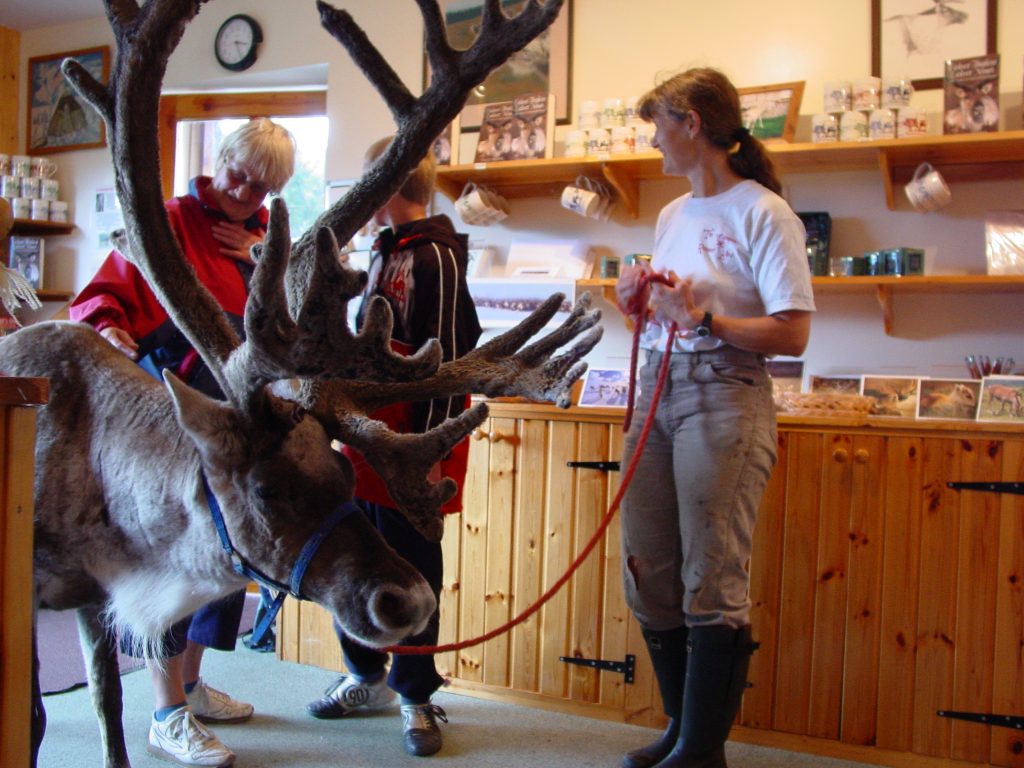
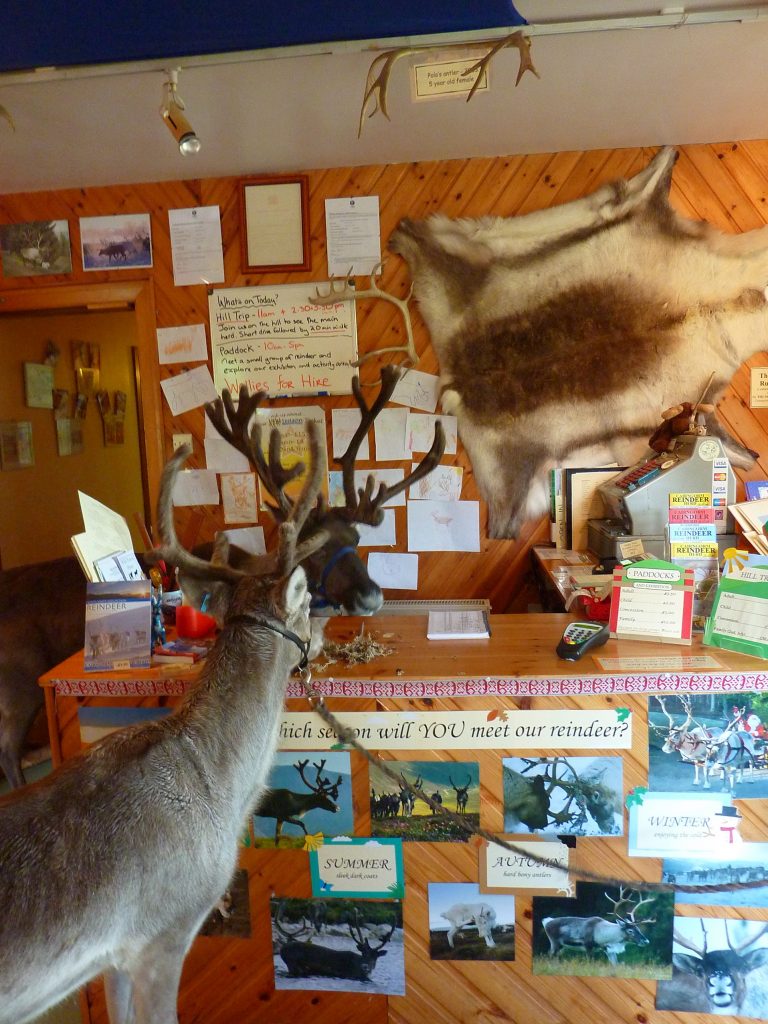
Andi

